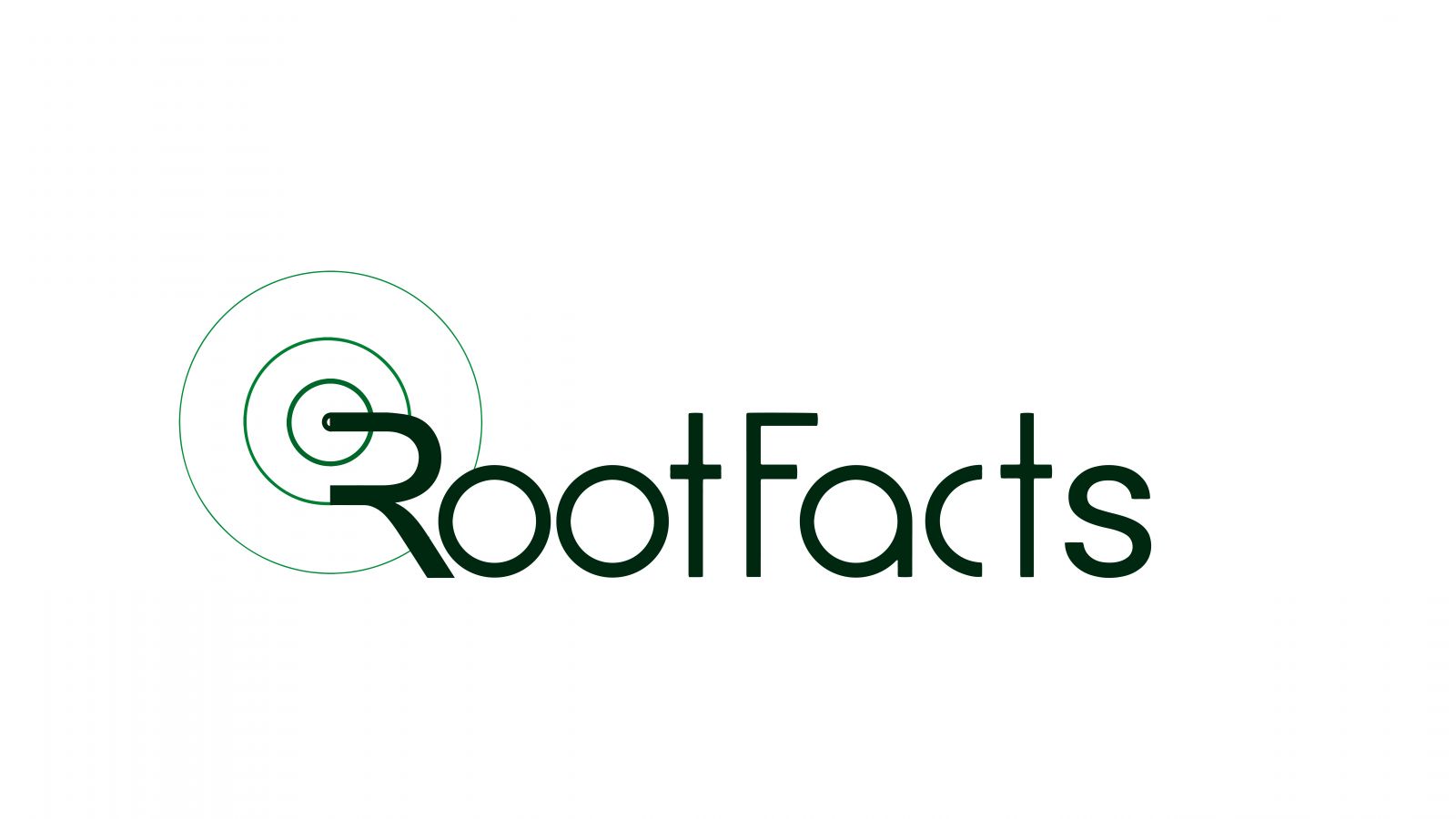Smart Farming Software Services Applications For Agriculture
Future of Agriculture: RootFacts Smart Farming Software Services Applications
The agricultural landscape is facing a major shift as traditional farming approaches are gradually being replaced by data-driven techniques based on Internet of Things (IoT) and advanced analytics. At the forefront of this revolution is RootFacts, a leading innovator in agriculture industry with its comprehensive suite of Smart Farming Software.
This guide provides an outline of RootFacts smart farming solutions and how they enable farmers to use technology to maximize their crops’ output, optimize resources, and achieve long-term sustainability.
What are Smart Farming Applications?
Using several technologies together, Smart Farming Software Applications leverage:
- Sensors which give real-time data about various farm parameters such as soil moisture, temperature, humidity and plant health.
- Wireless Connectivity where sensors are connected via wireless means into one platform for analysis and visualization.
- Data Analytics involves advanced algorithms that analyze sensor data, historical trends and weather forecasts to obtain actionable insights.
- Mobile applications are designed for farmers to access data or insights in real time from their smartphones or tablets even when they are not at the farm.
Precision Agriculture
- Field Mapping & Zoning
Using detailed digital maps showing soil variability, drainage patterns along with historical yield data makes it easier for targeting resources like fertilizers and water through increased efficiency and minimal wastage.
- Variable Rate Technology (VRT)
This system allows inputs such as fertilizers, pesticides, irrigation water etc. be applied at different rates within various areas within the field. It ensures that resources are directed only to places where there is highest requirement thereby promoting sustainable practices as well as increasing productivity in the long run.
Precision Irrigation
- Soil Moisture Monitoring
Soil moisture sensors can be integrated here to provide real-time information on soil moisture at different depths within the root zone. This enables making informed decisions about when and how much water to apply, thus reducing wastage and contributing to healthier plant growth.
- Weather Data Integration
Real-time and historical weather data is used for predicting potential evaporation rates, which in turn determines the irrigation schedule. It therefore ensures that crops receive just enough water even during periods of high temperatures and low humidity.
Crop Monitoring and Scouting
- Sensor-based Health Monitoring
Early detection of pests, diseases or nutrient deficiencies is possible through use of sensors that identify them based on their images. In this regard, when interventions are made at an early stage, crop losses are minimized while maintaining a good harvest yield. Timely recognition and treatment of crop disorders may significantly decrease reliance on chemical pesticides thus enhancing sustainability in agricultural practices.
- Drone-assisted Scouting
Through drones with high resolution cameras and multispectral sensors one can observe his fields from above by taking a bird’s eye view. This method allows farmers to rapidly cover large expanses of land and readily identify any issues that need attention. Compared to traditional ground-based scouting methods drones can cover vast areas within a very short time frame thereby saving valuable time and labor.
Forecasting and Predicting Crop Yields
This will involve the use of past information, real-time sensors on plant growth, and weather forecasts to predict future yields with greater accuracy. This allows farmers to make informed choices regarding resource allocation, staffing requirements, among other things. If they are accurate enough about how much they can reap from their farms in the future, it would enable them to optimize their harvest processes, get fair prices for their products from buyers and reduce post-harvest losses that may occur due to lack of storage space.
Livestock Management (Optional)
For those that have livestock, the modules should be integrated into animal health monitoring systems, breeding management systems and herd performance tracking systems. There is also a dedicated Livestock Management Software by RootFacts for all-encompassing animal management solutions. A broader smart farming platform that includes functionalities for managing livestock provides a comprehensive perspective for all activities within the farm hence data driven decision making across all sectors.
Benefits of Using RootFacts Smart Farming Apps
A lot can be gained when you decide to use RootFacts Smart Farming Applications:
Higher crop yields
Achieve more crops through optimizing resource allocation, targeted interventions based on real time data collection and reducing losses caused by pests or diseases or poor weather conditions. With smart farming technologies in place, farmers are able to create conducive environments for growing their crops leading to improved yields as well as increased profitability at farm level.
Cost Savings
Lessen wastage on fertilizers, pesticides and water by adopting VRT and precision irrigation measures. Automation as well as sensor technology helps minimize reliance on human labor in scouting and monitoring operations. By employing smart farming applications resources are optimized leading farmers making substantial savings on costs incurred.
Sustainable Development
Water optimization while minimizing dependence on chemical usages promotes eco-friendliness practices. Long term productivity of farms is promoted through enhancing soil fertility through data-driven decisions. Through smart farming, farmers can embrace sustainability which is beneficial to the environment and also preferred by customers.
